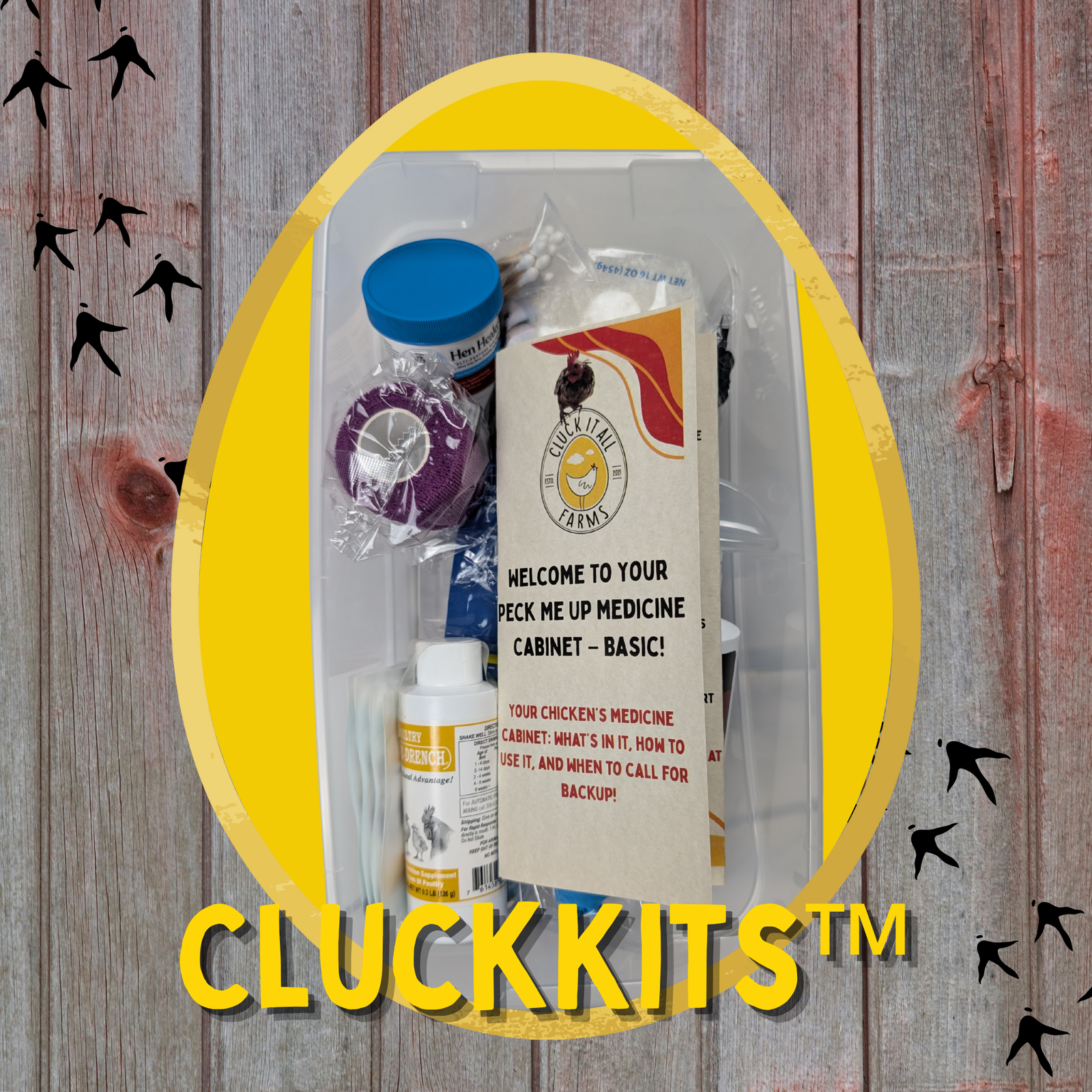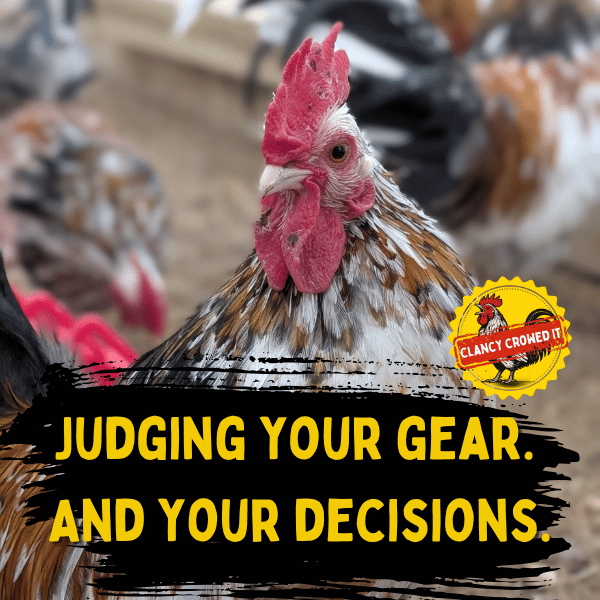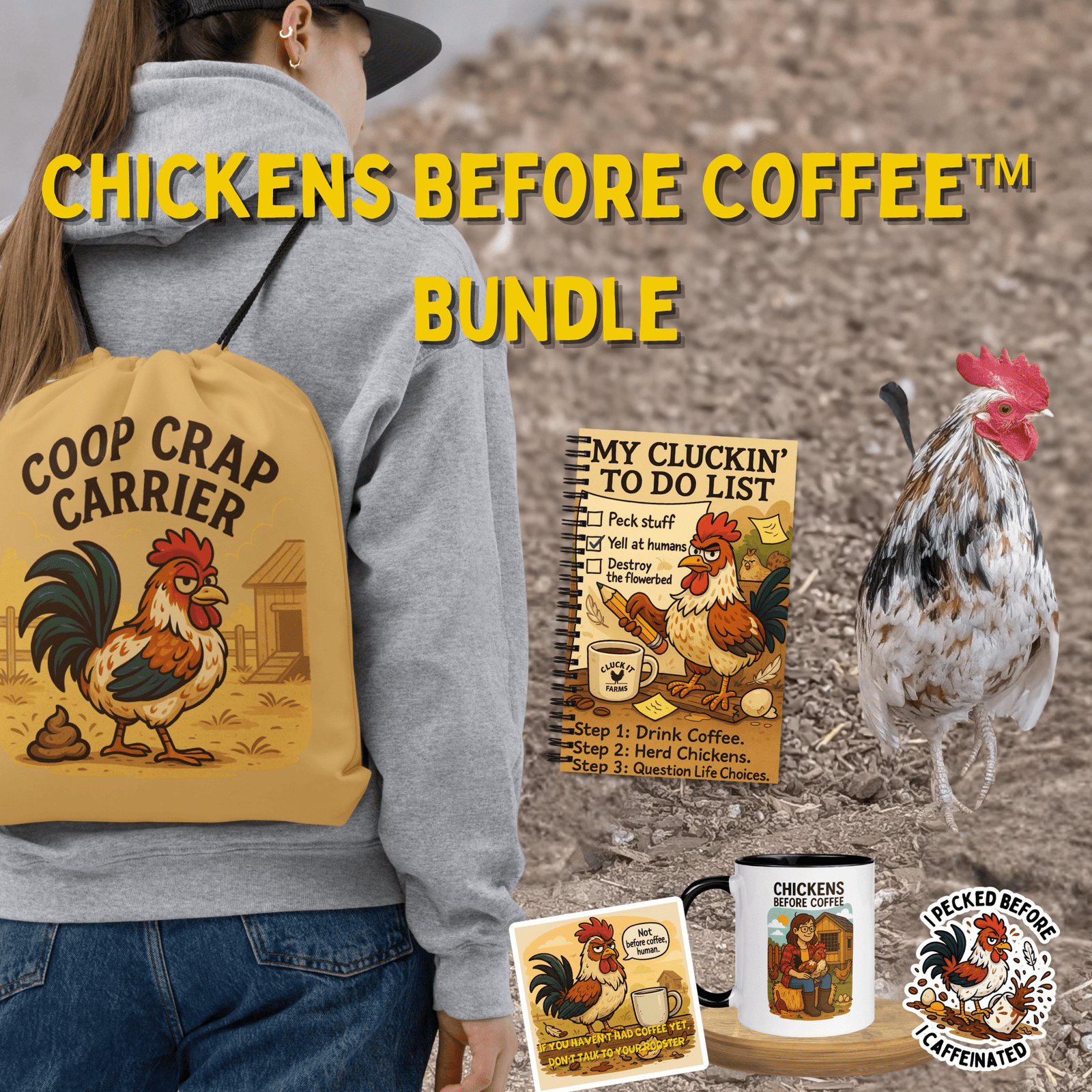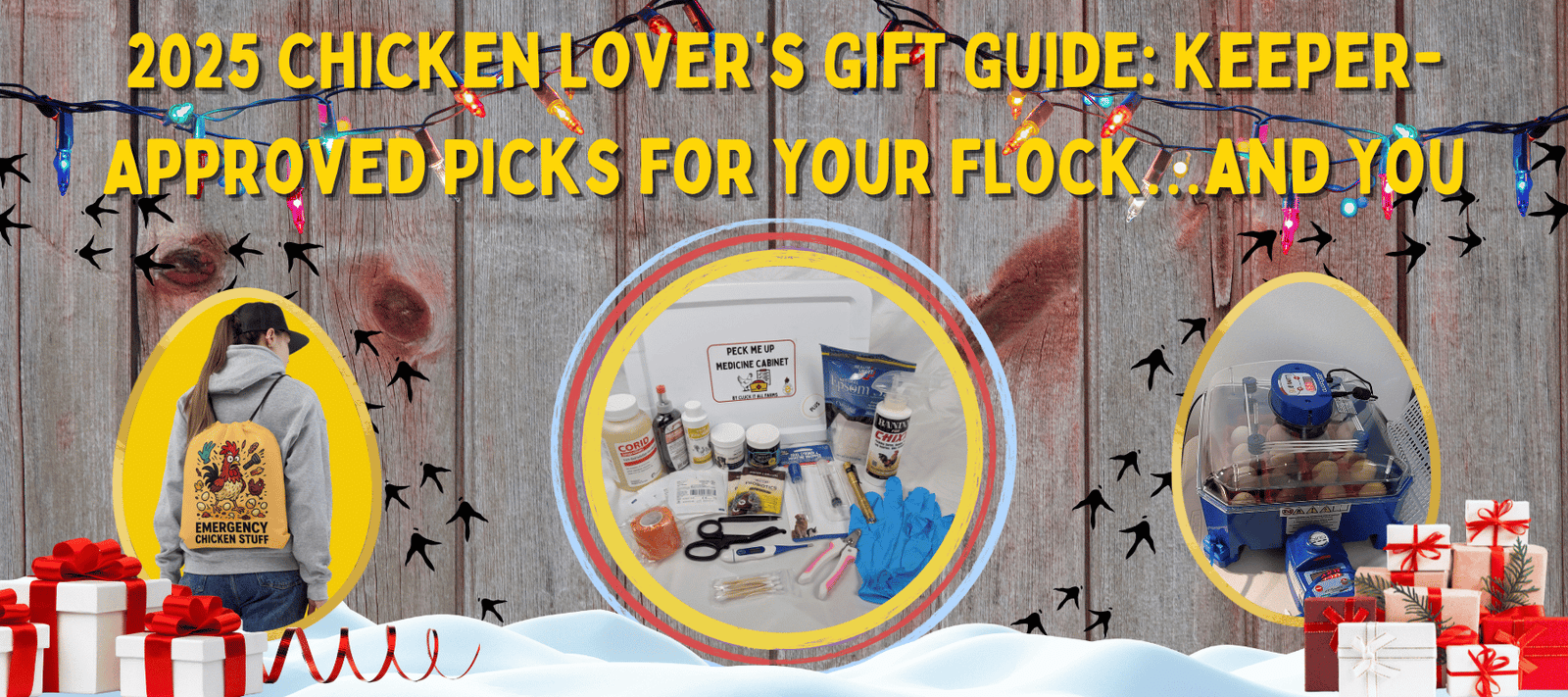Some chickens were bred to be pretty.
Some were bred to lay like machines.
Ölandsk Dwarfs? They were shaped by wind, rock, predators, and farmers who did not have time for useless birds.
These rare, true dwarf chickens come from Sweden’s island of Öland, where isolation and harsh conditions carved out a landrace that’s tough, watchful, and way more capable than its size suggests. They’re smart, self-sufficient, and a little bit judgey in the best way.
And they almost disappeared.
Today, Ölandsk Dwarfs are part of Sweden’s national gene bank program, and at Cluck It All Farms we’re working to keep this little powerhouse from slipping into history.
🌍 Where They Come From (and Why That Matters)
Ölandsk Dwarfs developed on Öland, a long, narrow island off Sweden’s east coast. For generations, they were the “little spite hens” that lived around small farms and homesteads—scratching through manure piles, cleaning up grain, and raising chicks with minimal help.
When industrial breeds took over, the old island birds were pushed aside and nearly vanished. Thankfully, a few people remembered them and went looking:
-
One line was traced back to Petgärde in northern Öland.
-
Another line came from Asklunda, also tied to older farm flocks.
Those surviving birds became the foundation of the Ölandsk Dwarf gene bank population. Every bird in that program today is part of a carefully tracked conservation effort—not a designer bantam project.
At Cluck It All Farms, our Ölandsk Dwarfs descend from those preserved lines. We’re not “recreating the look.” We’re stewarding the real thing.
🐓 What Ölandsk Dwarfs Look Like
Like miniature outlaws who dressed up for the occasion.
Ölandsk Dwarfs are true dwarfs, not bantams. That means their small size is part of their original genetics—not a scaled-down version of a larger breed.
You’ll typically see:
-
Weight
-
Roosters: about 1.5–2.2 lb
-
Hens: about 1.1–1.8 lb
-
-
Build & Posture
-
Short-backed, compact, athletic
-
Upright stance with a well-carried tail
-
-
Comb
-
Usually a single comb
-
Rose combs also occur naturally and are accepted
-
-
Feather Color & Pattern
-
Tri-colored in various shades of brown, wild-type, black, and white
-
Many show distinct white-tipped feathers, especially on the body and wings
-
-
Ear Lobes
-
Red, often with a mix of white, blue, or all three colors together
-
-
Legs & Feet
-
Legs are normally smooth
-
Weak feathering down the shank and to the toes may occur
-
Leg and beak color are variable; often whitish or yellow
-
There’s plenty of variation (it’s a landrace, after all), but once you’ve lived with them you recognize the type instantly: small, upright, sharp-eyed, and very obviously in their own little world.

🥚 Eggs, Broodiness, and Work Ethic
These birds are not trying to compete with commercial layers—and that’s fine. They were built to fit a small farm, not a production house.
Typical production:
-
Eggs per year: about 130 small eggs from a hen that hasn’t gone broody
-
Egg color: cream to lightly tinted
-
Broodiness: 50–60% of hens will go broody if allowed
-
Mothering: generally excellent once they commit to a clutch
You’re not getting a dozen eggs a week from each hen, but you are getting birds that can carry their own genetics forward without an incubator if you let them.

🐥 Temperament: Independent, Curious, and Always Watching
Ölandsk Dwarfs are alert, bright, and very aware of their surroundings.
You’ll notice that they:
-
Prefer to move—sitting around is not their style
-
Are strong foragers and excellent at finding their own snacks
-
Tend to be polite but not clingy with humans
-
Keep a tight, active little flock and are quick to sound the alarm
They aren't typically aggressive, but they also aren’t going to beg to be held. Think of them as the coworkers who nod at you in the hallway, then go back to getting stuff done.

👑 Meet Clancy: Tiny King, Big Presence
Clancy is our resident Ölandsk Dwarf rooster and the unofficial CEO of Cluck It All Farms.
He’s not mean.
He’s not a terror.
He’s just… Clancy.
Clancy carries himself like he’s running a very important meeting at all times. He’ll:
-
Perch on a shoulder to “supervise”
-
Check out whatever you’re doing in the run
-
Keep quiet but firm order among hens who could absolutely steamroll him in size but not in attitude
He’s proof that a rooster doesn’t need to be huge—or aggressive—to be effective. Leadership doesn’t always come with spurs. Sometimes it comes in a compact, tri-colored package with way too much presence for his body weight.

🚫 What Ölandsk Dwarfs Aren’t
Let’s clear a few things up so nobody’s disappointed:
-
They’re not confinement birds.
A small, bare run will make them miserable. They need room, things to explore, and some level of free-ranging or rotating pasture. -
They’re not production machines.
If you want max eggs per feed dollar, this is not your breed. They excel at resilience and self-sufficiency, not industrial output. -
They’re not guaranteed cuddle buddies.
Some individuals may be friendly, but as a landrace they were built for function, not therapy sessions.
What they are is a living piece of poultry history that still works exactly as intended when given the chance.
🧬 Breeding With Intention
Because Ölandsk Dwarfs are a gene bank landrace, breeding them is a responsibility, not just a hobby.
At Cluck It All Farms, we:
-
Follow conservation guidelines tied to the original Swedish gene bank work
-
Avoid inbreeding and track which lines birds descend from
-
Do not select only for color or “cute” traits—health, structure, and behavior come first
-
Aim to keep the population as close as possible to its original purpose: a small, hardy, self-reliant farm bird
We’re not trying to “improve” them. We’re trying not to screw up what time and necessity already perfected.
🧻 TL;DR for the Chicken Nerd Scrollers
-
Rare Swedish true dwarf landrace, not a bantam
-
Compact, upright birds around 1–2 lb
-
Tri-colored feathering with distinctive white tips
-
About 130 eggs/year, cream to tinted
-
50–60% of hens go broody and make excellent mothers
-
Independent, alert, and serious about foraging
-
Need space and enrichment more than they need snuggles
-
Part of an active preservation effort—not a fashion project
If you want a bird that carries history in its genes and hustle in its bones, Ölandsk Dwarfs might just be your kind of chaos.












